Across the globe, millions of people engage in birdwatching as a hobby, spending countless hours observing avian species in their natural habitats. What many might view as simply a recreational pastime has increasingly caught the attention of conservation scientists as a potentially powerful tool for environmental protection. Birdwatchers, with their keen eyes, patient observation skills, and widespread presence, represent an untapped workforce that could significantly contribute to conservation efforts worldwide. But can casual hobbyists truly make meaningful contributions to scientific research and conservation initiatives? This article explores the intersection of recreational birdwatching and serious conservation work, examining how citizen scientists with binoculars might be helping to save our planet’s biodiversity one bird sighting at a time.
The Rise of Citizen Science in Ornithology
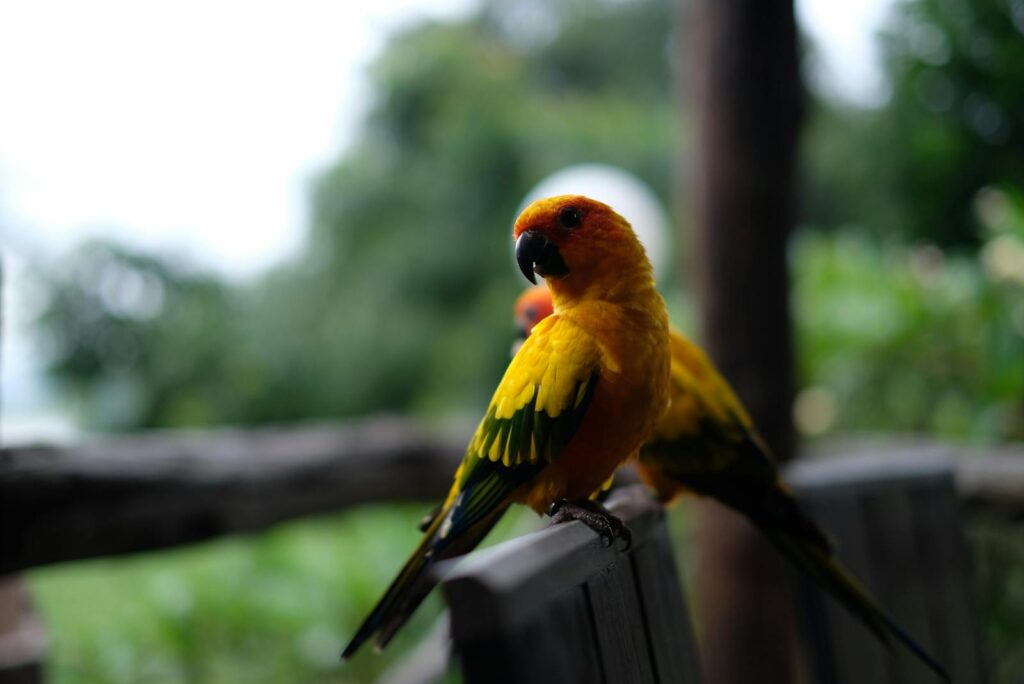
Citizen science—the practice of engaging non-professional volunteers in scientific research—has exploded in popularity within ornithological research over the past few decades. Programs like the Audubon Christmas Bird Count, established in 1900, represent one of the longest-running citizen science projects in history, demonstrating the established tradition of amateur involvement in bird research. Today, digital platforms like eBird have revolutionized how data is collected, with over 100 million bird observations submitted annually by everyday birdwatchers. These massive datasets provide scientists with information at spatial and temporal scales that would be impossible to achieve through professional efforts alone. The democratization of data collection has transformed how ornithological research is conducted, allowing scientists to track bird populations, migration patterns, and responses to environmental changes with unprecedented detail and breadth.
Data Collection: Quantity and Quality
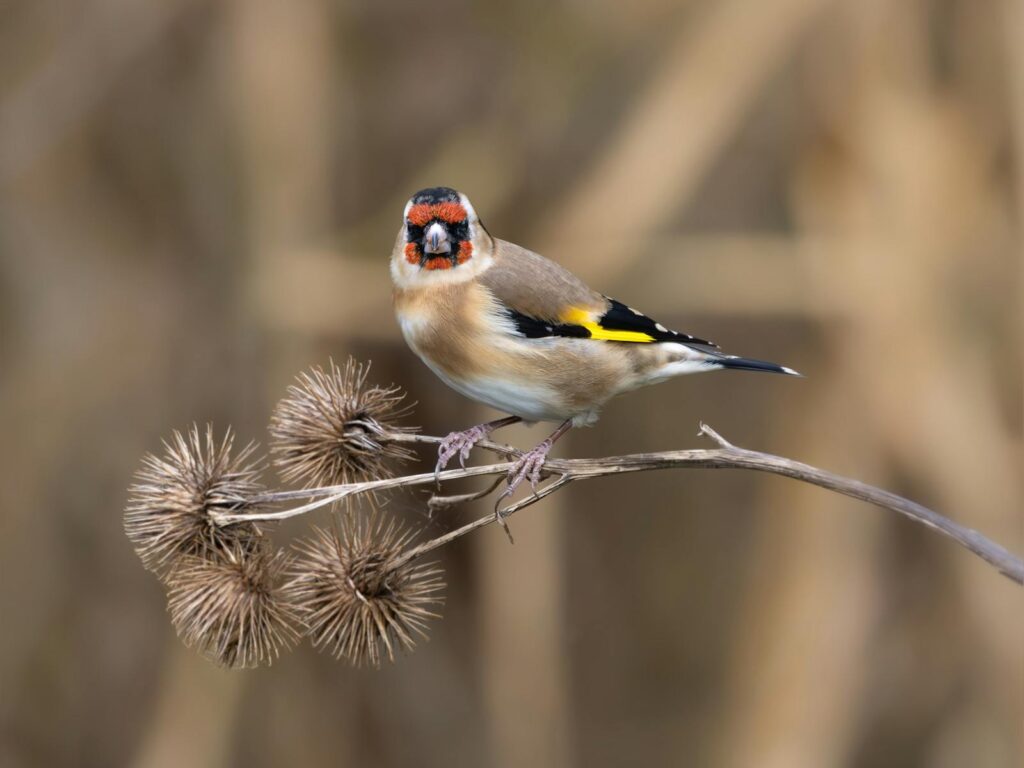
The sheer volume of data that birdwatchers can collect is perhaps their most significant contribution to conservation science. When thousands of observers report sightings across countries and continents, patterns emerge that would be impossible for small scientific teams to document. However, quantity isn’t the only advantage—many experienced birdwatchers bring expertise and observational skills that rival those of professionals. Studies examining the accuracy of citizen science data have found that when proper protocols are followed, the information provided by trained amateur birdwatchers can be remarkably reliable. Modern verification systems, including photographic evidence and expert review processes, have further enhanced data quality. The combination of massive sample sizes with increasingly sophisticated quality control measures creates powerful datasets that have become indispensable to conservation research.
Early Warning Systems for Environmental Change
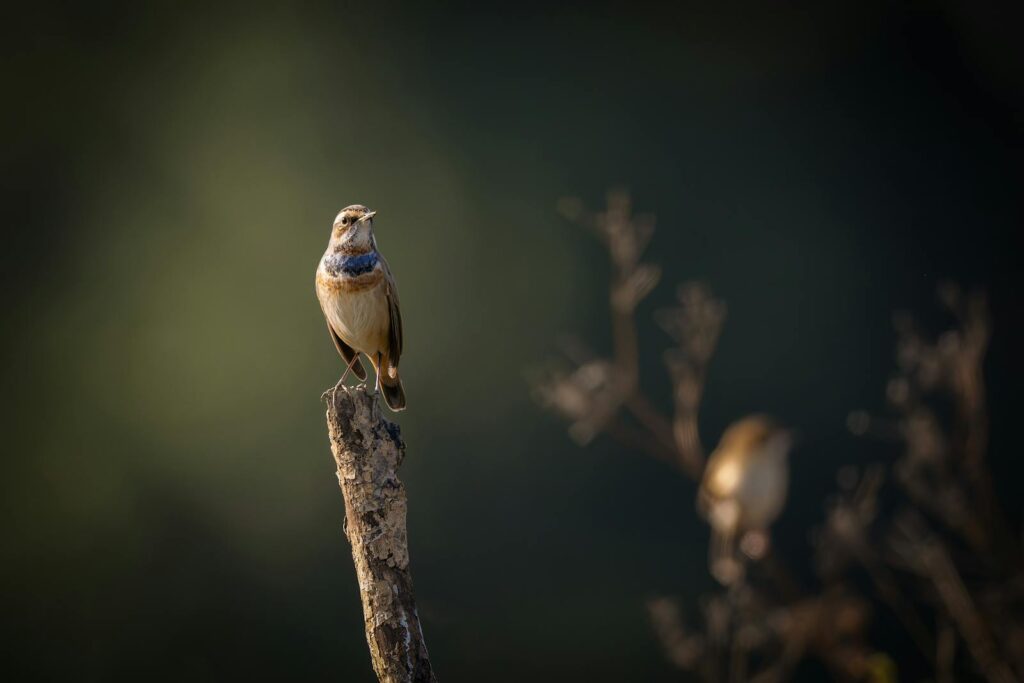
Birdwatchers often serve as frontline sentinels for environmental changes, detecting shifts in bird populations before they become obvious to systematic scientific surveys. Birds respond quickly to environmental alterations, making them excellent bioindicators of ecosystem health. When birdwatchers note the disappearance of previously common species or the appearance of new ones in a region, these observations can signal important ecological changes. For example, citizen reports of declining swallow populations across Europe helped scientists identify concerning population trends before formal studies confirmed the decline. In North America, birdwatchers’ observations helped track the rapid spread of house finch eye disease, allowing researchers to understand its transmission patterns. This early detection function allows conservation organizations to respond more rapidly to emerging threats, potentially before irreversible damage occurs.
Monitoring Rare and Endangered Species
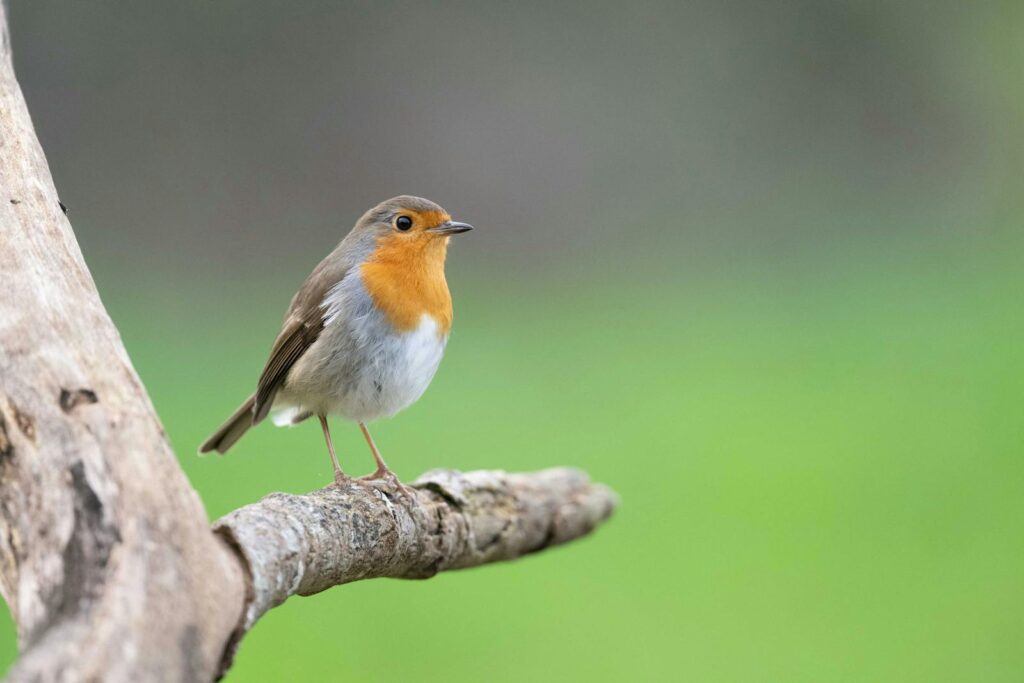
For critically endangered bird species, birdwatchers provide invaluable monitoring assistance that stretched conservation budgets simply couldn’t achieve otherwise. In remote areas where scientific teams can’t maintain a constant presence, local birdwatching communities often keep a watchful eye on vulnerable populations. The rediscovery of species thought to be extinct, like the Black-naped Pheasant-Pigeon in Papua New Guinea in 2022, often results from keen-eyed birdwatchers exploring undersampled regions. Birdwatchers also contribute to nest monitoring programs for sensitive species, helping scientists understand breeding success and threats. In some regions, conservation organizations train local birdwatching guides to conduct systematic monitoring of endangered species, creating sustainable livelihoods while gathering critical population data. These community-based monitoring approaches have proven especially effective in biodiversity hotspots where professional scientific resources are limited.
Technological Innovations Enhancing Contributions
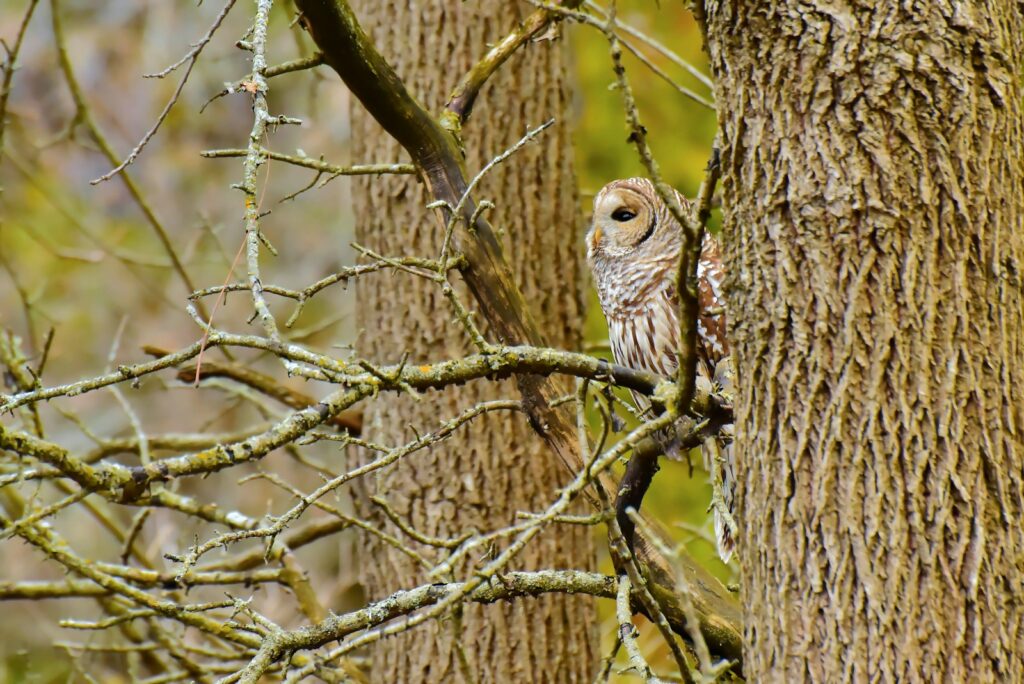
Modern technology has dramatically amplified the impact that everyday birdwatchers can have on conservation science. Smartphone apps now enable instant species identification and data submission from anywhere in the world, greatly increasing the accessibility of citizen science participation. Platforms like iNaturalist and eBird use artificial intelligence to help verify identifications, improving data quality while teaching users to become better observers. GPS-tagged observations create precise distribution maps that help conservation planners identify critical habitats for protection. Some projects now incorporate automated recording devices that birdwatchers can deploy, allowing for 24-hour acoustic monitoring of bird populations even in remote locations. These technological tools have democratized participation in bird monitoring, allowing even beginners to make meaningful contributions while simultaneously educating a new generation of conservation-minded citizens.
Long-term Population Monitoring
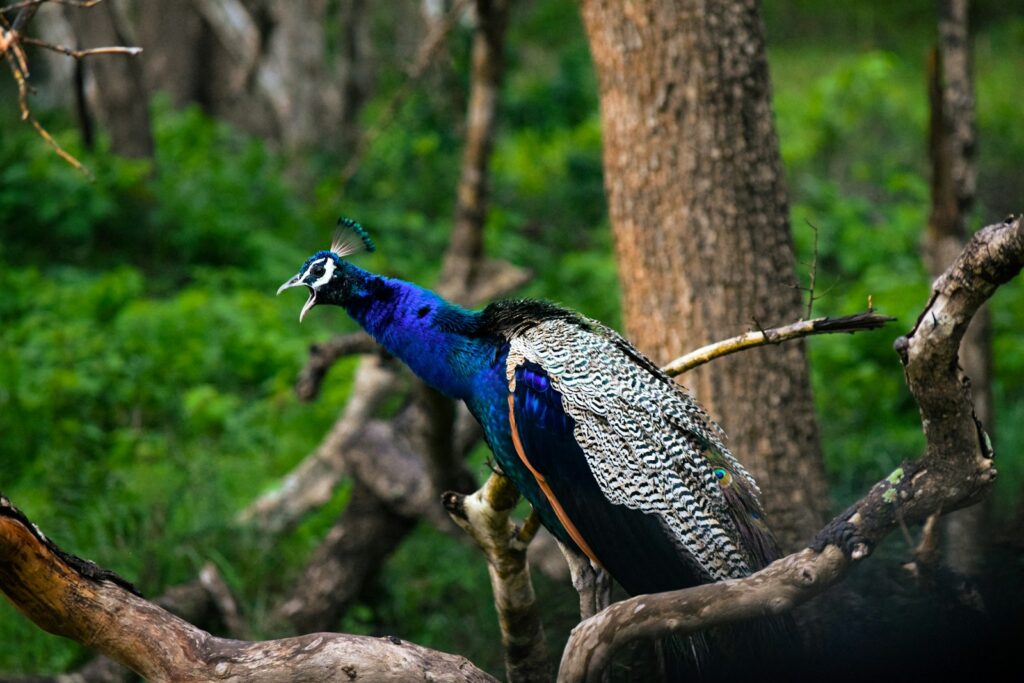
One of the most scientifically valuable aspects of birdwatcher-collected data is its contribution to long-term population monitoring. Understanding how bird populations change over decades requires consistent data collection that outlasts typical research grant cycles. Birdwatching initiatives like the North American Breeding Bird Survey have maintained annual routes since 1966, creating irreplaceable time series data that reveals long-term trends. These datasets have been instrumental in documenting the alarming decline of North American bird populations—nearly 3 billion birds lost since 1970—findings that have galvanized conservation action. Regular birdwatchers who visit the same locations year after year provide valuable site-specific trend data that can highlight local conservation successes or problems. The historical depth of birdwatcher records sometimes extends back centuries through naturalist journals, offering ecologists rare glimpses into pre-industrial bird communities and establishing important ecological baselines.
Creating Protected Areas Through Birdwatching Data
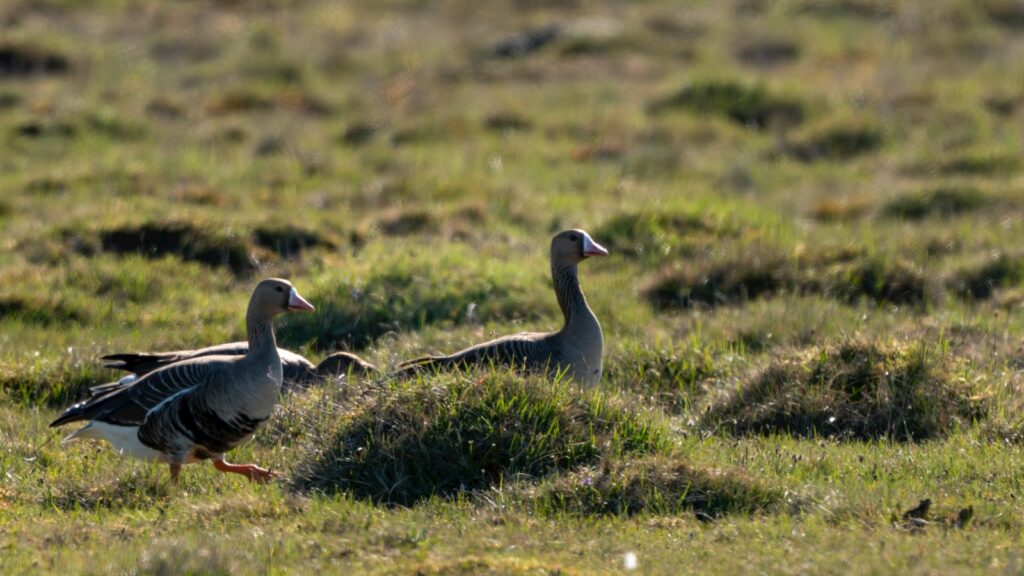
Birdwatcher observations have directly contributed to the establishment of numerous protected areas worldwide. When citizen scientists document the presence of rare or threatened species in unprotected habitats, their data provides crucial evidence for conservation designation proposals. The Important Bird and Biodiversity Areas (IBA) program, which has identified over 13,000 globally significant sites for conservation, relies heavily on birdwatcher-generated data to meet its scientific criteria. In urban and suburban settings, community birdwatching groups have successfully advocated for the protection of local green spaces by documenting their importance to migratory birds. Detailed information about how birds use specific habitats—information often collected through systematic birdwatching—helps conservation planners design more effective protected areas with appropriate boundaries. The combination of scientific data and passionate advocacy from birdwatching communities has proven particularly effective in securing protection for threatened bird habitats.
Economic Impact of Birdwatching Tourism
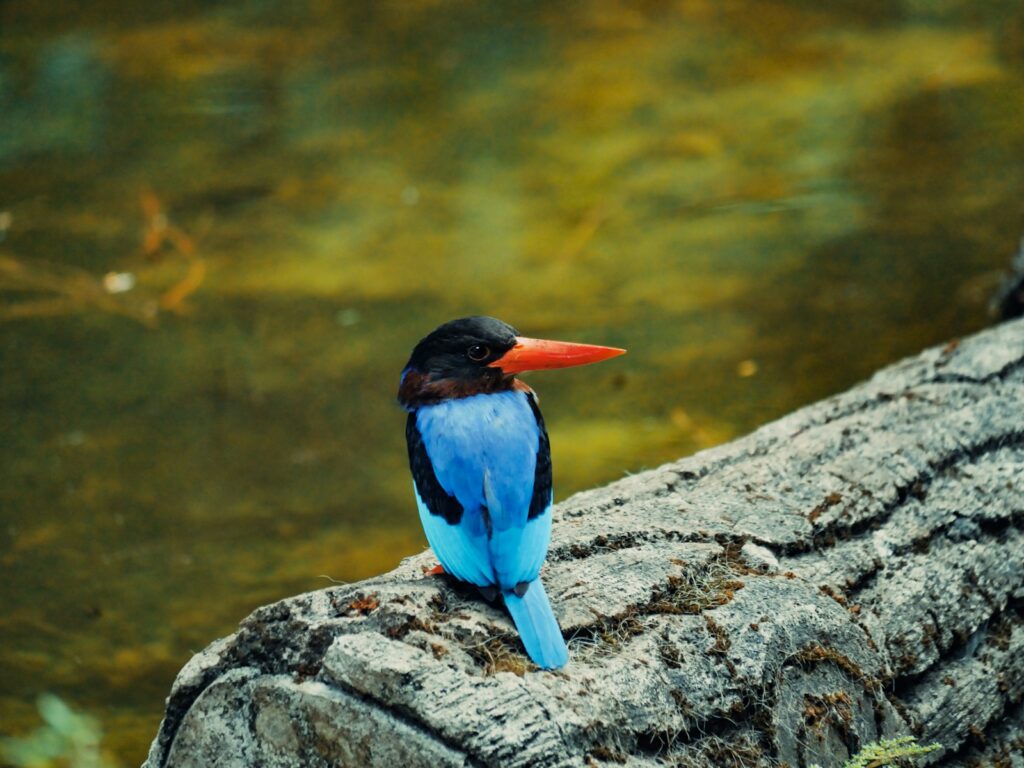
Beyond direct scientific contributions, birdwatchers create economic incentives for conservation through tourism. Globally, avitourism generates billions in economic activity annually, with dedicated birdwatchers traveling worldwide to see rare and endemic species. Communities near birding hotspots can derive substantial income from guiding, accommodation, food, and other services provided to visiting birdwatchers. This economic value creates powerful incentives for habitat protection, as destinations recognize that preserving birds and their habitats ensures continued tourism revenue. In Costa Rica, the flourishing birdwatching tourism industry has helped reduce deforestation as landowners realized intact forests harboring birds like the Resplendent Quetzal generate more income than converting land to agriculture. Local people who become bird guides often transform into passionate conservationists, protecting the natural resources that provide their livelihoods and educating others about the importance of habitat conservation.
Educational Outreach and Awareness Building
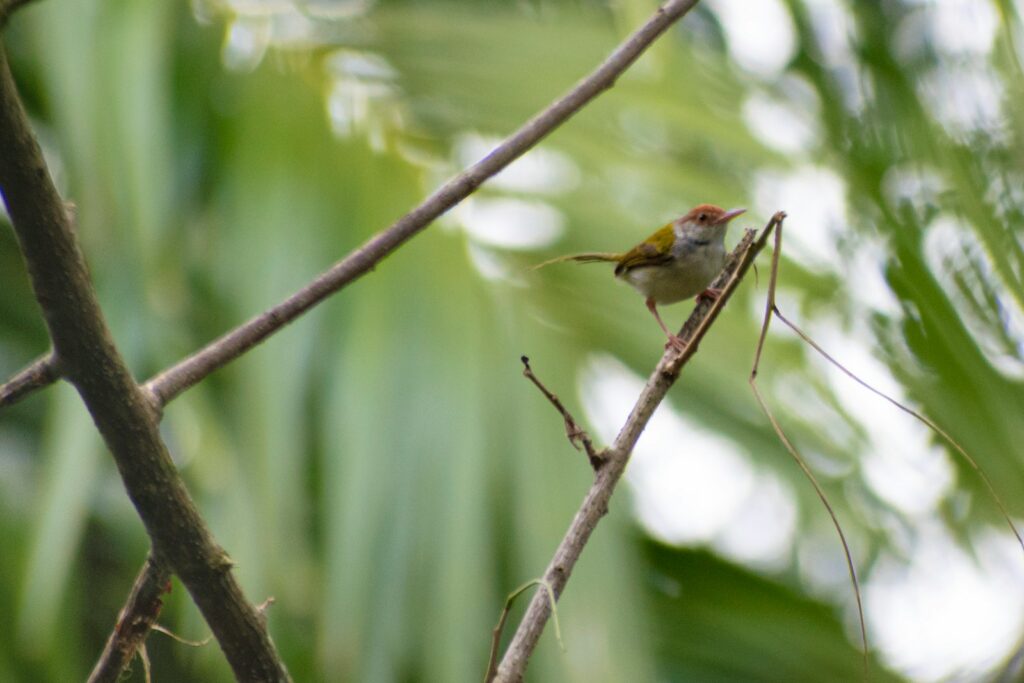
Birdwatchers frequently serve as informal environmental educators, spreading conservation awareness through their social networks and communities. Local Audubon chapters, birdwatching clubs, and similar organizations regularly conduct outreach activities that introduce birds and environmental issues to new audiences. These educational efforts create broader public support for conservation initiatives and policies that protect birds and their habitats. Experienced birdwatchers often mentor beginners, passing along not just identification skills but also conservation ethics and ecological understanding. Bird-focused citizen science events like Global Big Day and the Great Backyard Bird Count combine recreation with education, drawing thousands of new participants into conservation-oriented activities each year. This multiplier effect—where each committed birdwatcher potentially inspires several others to care about birds and their habitats—may represent one of the most significant long-term contributions of birdwatching to conservation.
Challenges in Citizen Science Quality Control
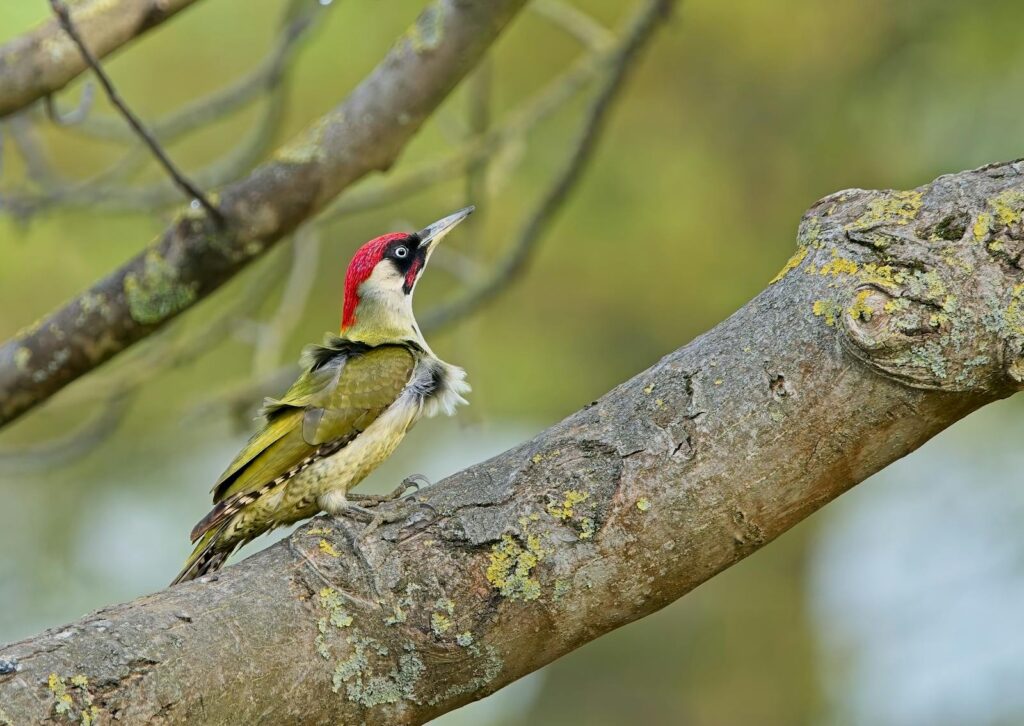
Despite its benefits, birdwatcher-generated data faces significant challenges regarding quality control and scientific rigor. Misidentifications, especially of similar-looking species, can introduce errors into datasets that may be difficult to detect and correct. Sampling bias presents another major issue, as birdwatchers tend to visit accessible, bird-rich habitats more frequently than remote or species-poor areas, creating geographic gaps in coverage. The skill level varies tremendously among participants, from novices who might record only common species to experts who can identify birds by subtle calls and behaviors. Conservation scientists have developed various methods to address these limitations, including statistical approaches that account for observer expertise and effort, photo verification systems, and expert review processes for unusual sightings. Training programs that improve identification skills and standardized protocols that guide data collection have significantly enhanced the scientific value of birdwatcher contributions while acknowledging their limitations.
Conservation Success Stories Driven by Birdwatchers
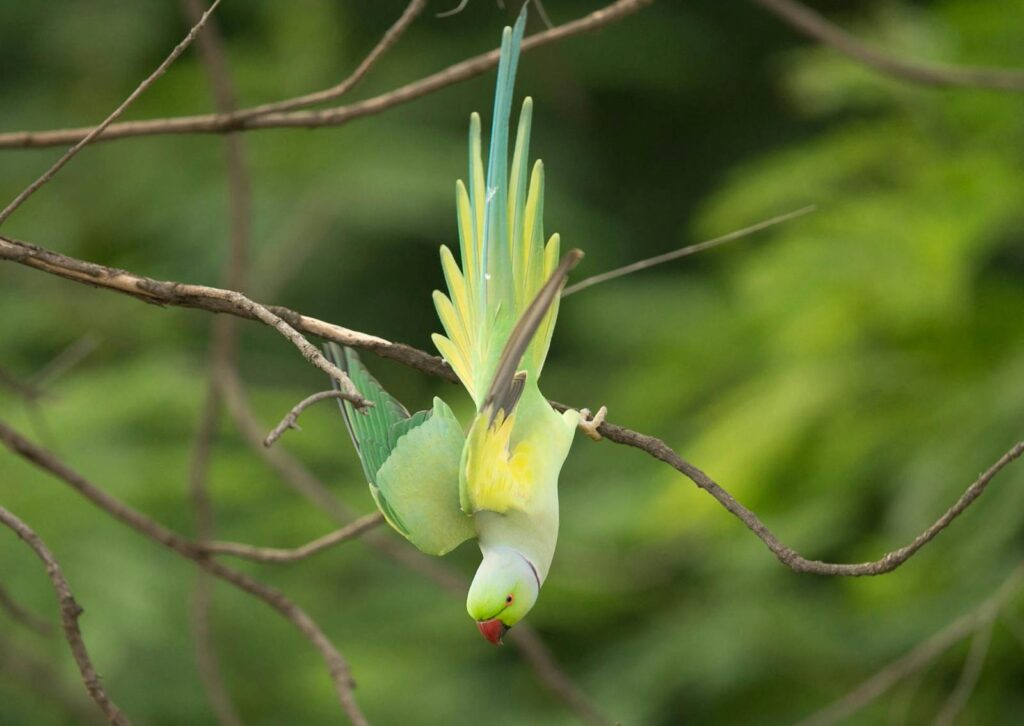
Numerous conservation success stories demonstrate the tangible impact of birdwatchers’ contributions to protecting avian species. The discovery of a previously unknown population of Masked Finfoots in Cambodia by a birdwatching tour group led to the protection of critical wetland habitat that might otherwise have been drained. In New Zealand, volunteer birdwatchers have been instrumental in the recovery of the critically endangered Kakapo, participating in intensive monitoring and nest protection programs that have helped the population grow from just 51 birds in 1995 to over 200 today. Along the Delaware Bay in the United States, data collected by birdwatchers about declining Red Knot populations led to harvest restrictions on horseshoe crabs, whose eggs provide critical food for the migrating shorebirds. In the United Kingdom, the Royal Society for the Protection of Birds (RSPB)—an organization founded by Victorian-era birdwatchers concerned about the plume trade—now manages over 200 nature reserves that protect countless bird species and their habitats, demonstrating the long-term conservation impact of organized birdwatching communities.
Pandemic Effects on Citizen Science Birdwatching
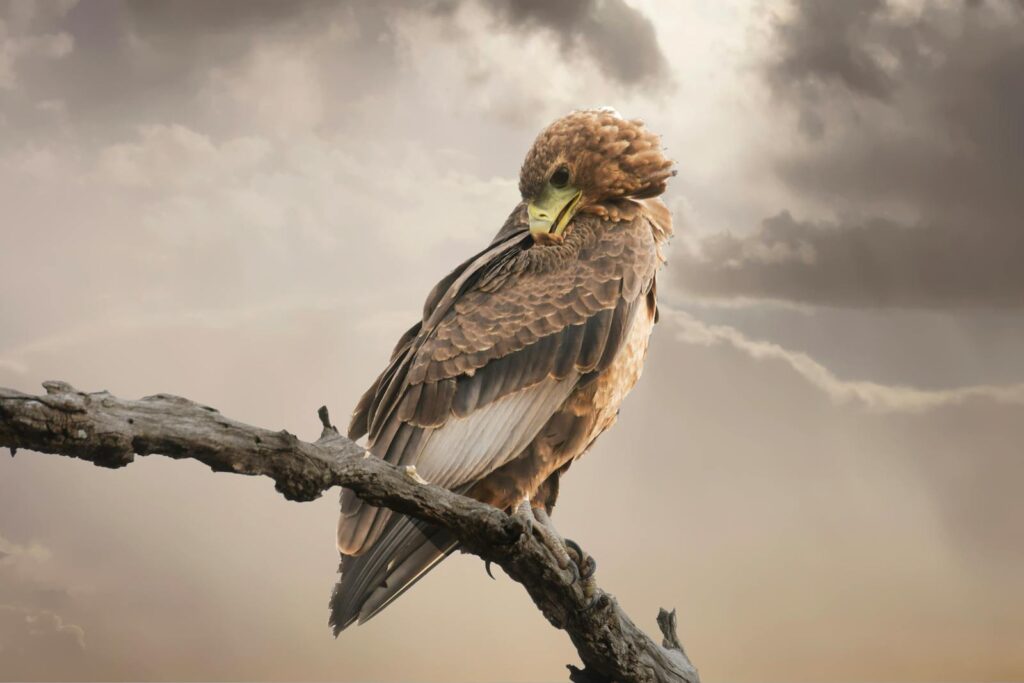
The COVID-19 pandemic created an unexpected surge in birdwatching participation, with significant implications for citizen science and conservation. As lockdowns restricted movement and traditional recreational activities, many people discovered or rediscovered birds in their immediate surroundings, leading to record-breaking participation in platforms like eBird and iNaturalist. Analysis of pandemic-era data shows interesting patterns, including increased observation of common backyard species and more thorough documentation of urban and suburban bird communities. With more people watching birds in previously undersampled residential areas, scientists gained new insights into how birds utilize human-dominated landscapes. The pandemic-driven surge in participation also diversified the birdwatching community demographically, bringing in younger participants and people from more varied backgrounds. Conservation organizations have worked to retain these new participants post-pandemic, recognizing the potential for a more extensive and diverse network of citizen scientists to enhance bird monitoring and protection efforts worldwide.
The Future of Birdwatcher Contributions to Conservation

As conservation challenges intensify with climate change and habitat loss, the role of birdwatchers in scientific research and advocacy is likely to grow even more significant. Emerging technologies promise to further enhance citizen science contributions, with artificial intelligence helping to verify identifications and automated analysis tools extracting more value from observer data. Conservation organizations are increasingly designing research questions and monitoring programs specifically around citizen science methodologies, recognizing the unique strengths of birdwatcher-collected data. New initiatives are actively working to make birdwatching more inclusive and diverse, broadening participation beyond its historically white, affluent demographic profile. This expansion creates opportunities for community-based conservation approaches that integrate local knowledge and cultural values. As climate change drives species range shifts and alters migration patterns, the distributed network of birdwatchers will be crucial for tracking these complex ecological responses in real-time, potentially helping birds and ecosystems adapt to rapidly changing conditions.
The evidence demonstrates that birdwatchers make substantial, meaningful contributions to bird conservation through data collection, monitoring, education, and advocacy. While professional scientists remain essential for designing research, analyzing results, and developing conservation strategies, the global network of passionate amateur observers provides irreplaceable on-the-ground monitoring capacity and public engagement. The most effective conservation approaches integrate professional and citizen science, leveraging the complementary strengths of each. As environmental pressures on bird populations intensify, the observations, passion, and advocacy of millions of birdwatchers worldwide represent not just helpful assistance but a critical component of effective conservation. The binoculars, field guides, and bird apps in the hands of everyday nature enthusiasts have indeed become powerful tools for protecting our planet’s avian diversity and the ecosystems they inhabit.
